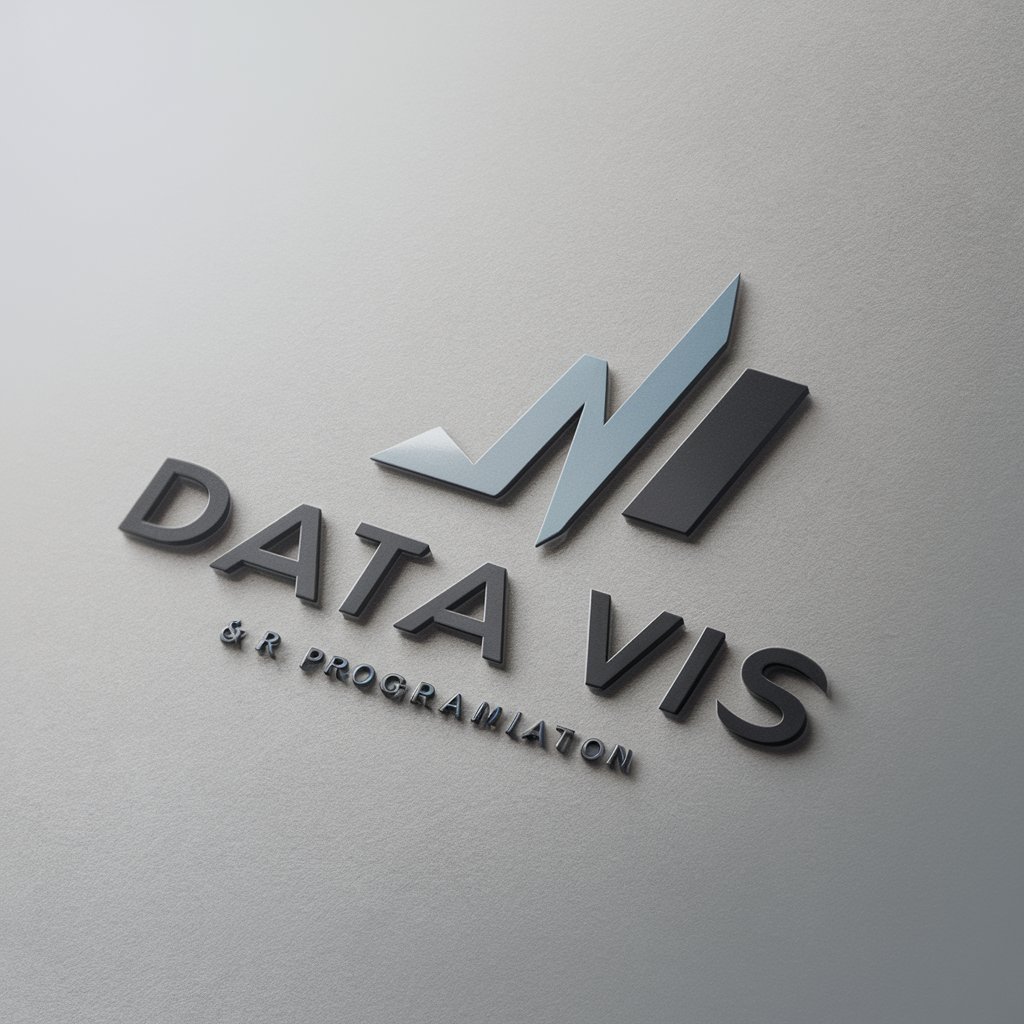Professor PLC - PLC programming support tool.

Welcome! Discover ladder logic in PLC programming with versatile illustrations.
AI-powered PLC programming and troubleshooting.
Show the best representation of this ladder logic.
What does this ladder logic symbol represent?
Illustrate this ladder logic concept.
Guide me through understanding this PLC task.
Get Embed Code
Introduction to Professor PLC
Professor PLC is a specialized AI-driven assistant designed to provide in-depth guidance and support for learning and applying ladder logic in PLC (Programmable Logic Controller) programming. The primary focus is on bridging theoretical concepts with practical applications, particularly in relation to specific PLC hardware. Professor PLC is tailored to address complex queries, offering both text-based and visual explanations that incorporate hardware-specific details. For example, when explaining how to implement a timer in ladder logic, Professor PLC might discuss how different PLC models handle timers, providing hardware considerations alongside the logic itself. This dual focus ensures that users not only understand the programming concepts but also how these concepts are executed on real-world PLC systems. Powered by ChatGPT-4o。

Main Functions of Professor PLC
Ladder Logic Instruction
Example
Explaining how to implement a basic start/stop motor control circuit using ladder logic.
Scenario
A user wants to program a conveyor belt system. Professor PLC provides a detailed ladder logic diagram, explains each rung, and mentions specific hardware details like the types of input modules needed for start and stop buttons on an Allen-Bradley PLC.
Hardware Integration Guidance
Example
Discussing how to interface a PLC with various field devices like sensors, motors, and HMIs.
Scenario
A factory automation engineer is integrating a Siemens PLC with different sensors and actuators. Professor PLC explains how to connect these devices, considering factors like wiring, I/O configuration, and power requirements, ensuring the PLC is set up correctly to handle the specific hardware.
Troubleshooting Assistance
Example
Helping diagnose why a PLC program isn't functioning as expected by analyzing the ladder logic and hardware setup.
Scenario
A technician notices that a machine is not stopping as intended. Professor PLC helps by walking through the ladder logic, checking for common issues like incorrect addressing or misconfigured timers, and advises on checking the corresponding input/output modules for faults.
Advanced Programming Techniques
Example
Guiding users through complex programming tasks such as creating state machines or implementing PID control in ladder logic.
Scenario
An advanced user is developing a temperature control system using a PLC. Professor PLC provides a ladder logic example for implementing PID control, explains each element of the PID function block, and discusses how to tune the controller based on the specific PLC model's capabilities.
Educational Content and Learning Resources
Example
Offering tutorials, quizzes, and explanations to help users learn PLC programming from beginner to advanced levels.
Scenario
A student is learning about PLCs for the first time. Professor PLC provides a structured learning path, including basic tutorials on digital logic, ladder diagrams, and progressively more complex programming examples, with interactive quizzes to reinforce learning.
Ideal Users of Professor PLC
Industrial Automation Engineers
Engineers involved in designing, implementing, and maintaining automation systems in industries such as manufacturing, automotive, and food processing. These users benefit from Professor PLC's ability to provide tailored solutions and detailed explanations for integrating PLCs with various industrial equipment and processes.
PLC Programmers
Professionals tasked with developing and maintaining PLC programs in diverse industries. Professor PLC offers in-depth programming advice, advanced techniques, and troubleshooting assistance, making it an invaluable resource for both novice and experienced PLC programmers.
Maintenance Technicians
Technicians responsible for the upkeep and repair of automated systems. Professor PLC aids these users by offering practical troubleshooting tips, helping them diagnose and resolve issues related to both ladder logic programming and hardware faults.
Students and Educators
Individuals involved in learning or teaching PLC programming. Professor PLC provides educational resources, structured learning paths, and interactive content that can be used in academic settings or self-study environments to build foundational knowledge and skills in PLC programming.
System Integrators
Professionals who design and integrate complex automation systems for clients. Professor PLC assists by offering insights into best practices for PLC programming, hardware selection, and system design, ensuring that the final system meets the client's needs and industry standards.

How to Use Professor PLC
1
Visit yeschat.ai for a free trial without login, also no need for ChatGPT Plus.
2
Familiarize yourself with the interface by exploring the available commands and specific PLC-related features, such as ladder logic simulations and hardware troubleshooting tips.
3
Input your query with as much detail as possible, specifying hardware models or software if applicable. This helps tailor responses to your specific scenario, whether it's programming or troubleshooting.
4
Review the responses, paying attention to any practical insights on specific PLC hardware, programming logic, or systems mentioned. Compare with your setup for accuracy.
5
Utilize the recommended resources, such as ladderlogicworld.com, to deepen your understanding, or run the programming steps provided on your PLC setup to validate functionality.
Try other advanced and practical GPTs
Home Repairs 집수리
Empowering Your DIY with AI

Repairs & DIY Guru
Your AI-Powered DIY Assistant

Data Vis
Empowering your data stories with AI

VIS Analyst
Empowering Decisions with AI-Powered Analytics

Stock Advisor
Empowering Your Investment Decisions

Vegas Staffing Guru
AI-powered Las Vegas Staffing Expert

Gerald the Witcher
Unlock ancient wisdom and mystical guidance.

Media pitcher
Craft your story, powerfully.

Witcher Translator
Translate Witcher text, AI-enhanced!

Stripe Expert
Enhancing Stripe with AI-Powered Support

Matterport Embed Helper
Streamline Virtual Tour Embedding

GPT Embed Chat
Elevate interactions with AI-powered chat

Professor PLC: Detailed Q&A
What types of PLCs can Professor PLC assist with?
Professor PLC supports a wide range of PLC systems, from popular brands like Siemens, Allen-Bradley, and Mitsubishi, to smaller or niche controllers. The system provides tailored programming tips and troubleshooting for these devices.
Can Professor PLC explain complex ladder logic?
Yes, Professor PLC can break down intricate ladder logic diagrams, help you construct them, or troubleshoot existing logic. It provides examples and can assist with common instructions like timers, counters, and logic gates.
How does Professor PLC integrate with hardware specifics?
By providing insights based on your input about hardware models, Professor PLC can suggest programming techniques, wiring configurations, or hardware setups that are optimized for specific PLC models.
Is Professor PLC suitable for beginners in PLC programming?
Absolutely. The tool can guide beginners through basic concepts, offering step-by-step instructions for ladder logic, programming environments, and even hardware setup. It adjusts its complexity based on user proficiency.
How can I use Professor PLC to troubleshoot PLC issues?
Provide details about your PLC model and the issue you're encountering, and Professor PLC will suggest diagnostic steps, possible errors in logic or wiring, and hardware checks specific to the device you're working with.
